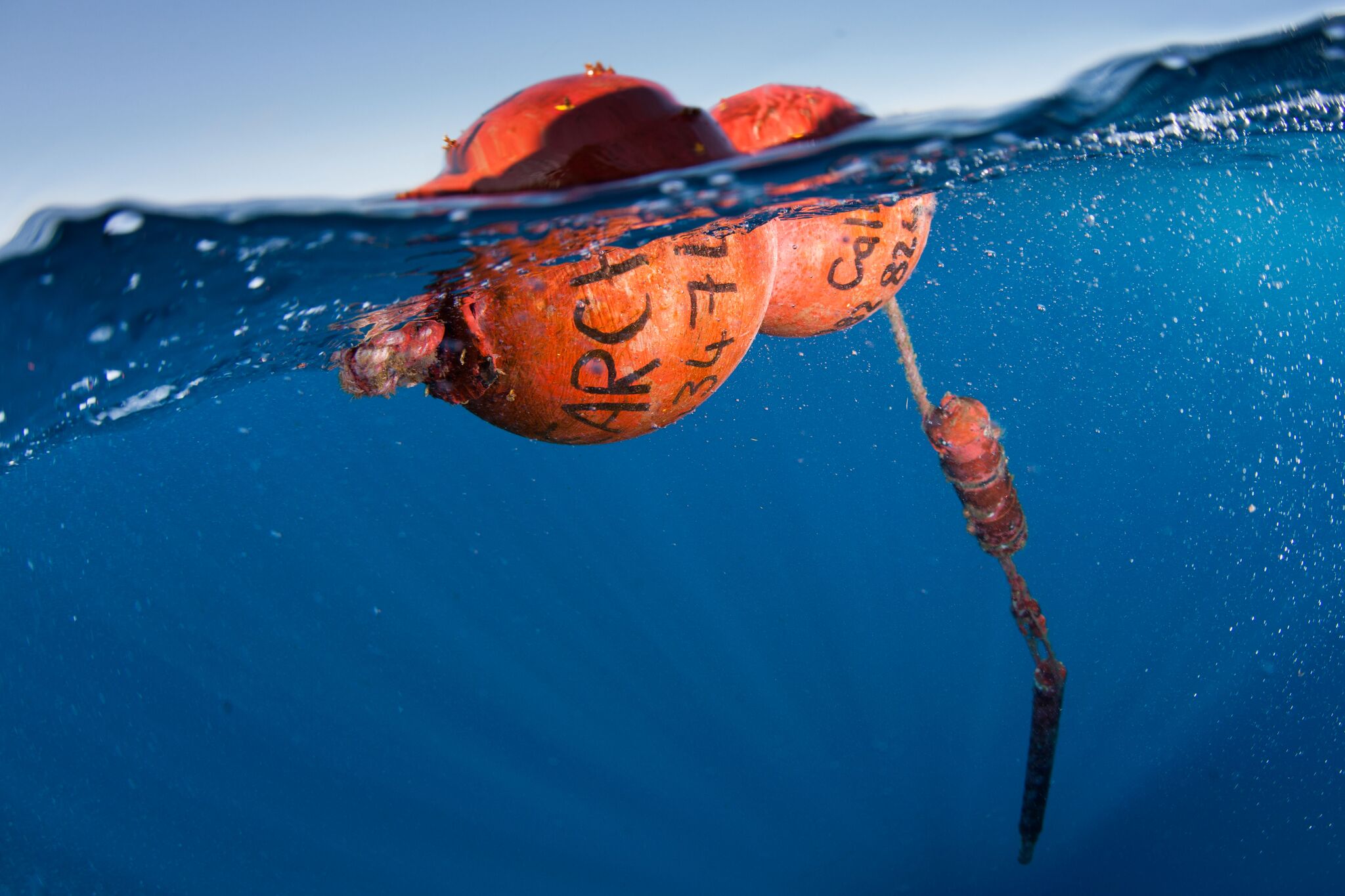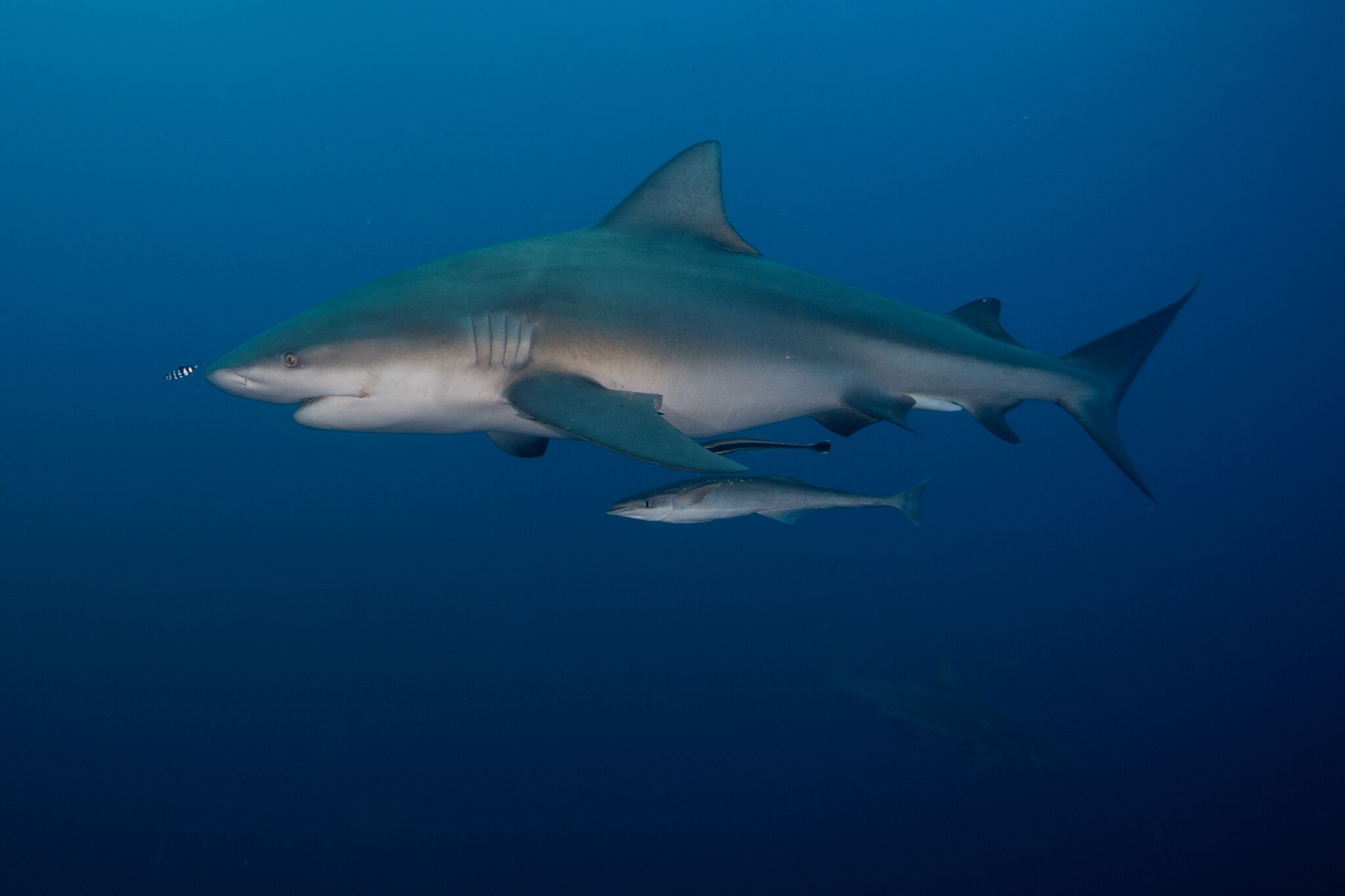ATAP Publishes Paper Highlighting Five Years of Animal Tracking Success
Hats off to SOSF funded project, the Acoustic Tracking Array Platform (ATAP) on five years of telemetry success in South Africa! Recently, project leader, Paul Cowley published a paper in the African Journal of Marine Science alongside his colleagues detailing the highlights of ATAP’s work tracking animal movements off the South African coastline. SOSF is proud to support this collaborative project which allows scientists to share resources and gather critical information on animal movements.

ATAP receiver and acoustic release at the water surface. Photo © Ryan Daly
Today, an increasing number of marine species are experiencing drastic population declines because of human-caused problems (overfishing, persecution, habitat loss, climate change, etc.). Having healthy population levels of marine species in our oceans is important in terms of ensuring global food security. Despite this, very little is known about their movements and habitat use. Projects like ATAP are shedding light onto these previously unknown aspects of aquatic species, providing marine managers with the knowledge required to reduce and avoid human impact in a rapidly changing ocean.
A key collaborator assisting with ATAP’s success is the Canadian-based Ocean Tracking Network — an animal tracking, technology development, and partnership platform focused on commercially important and endangered species. OTN is partnered with ATAP in tracking several species of highly migratory sharks. The platform’s array covers approximately 2,200 kilometres of coastline from False Bay, near Cape Town in South Africa, to Ponta do Oura in Mozambique. Throughout this 2,200 kilometre span, a network of listening stations have been deployed in coastal waters which detect and record tagged animals.

Acoustically tagged zambezi shark. Photo © Ryan Daly
Today, ATAP benefits more than 20 scientists from different organisations. Since its beginnings in 2011, ATAP members have managed to tag more than 700 individual animals representing 27 species and 20 families. Currently, research focuses on large predatory sharks and important coastal fishery species.
After five years of establishing itself, ATAP shows no signs of slowing down with an increasing number of animals being tagged and monitored coupled with more participation from local and foreign marine researchers. Future expected outcomes range from enhancing public appreciation and understanding of coastal animals movements, to improving the management of shared fishery stocks, and gaining knowledge of human-shark interactions to better protect beachgoers.
For more information on ATAP, click here.
